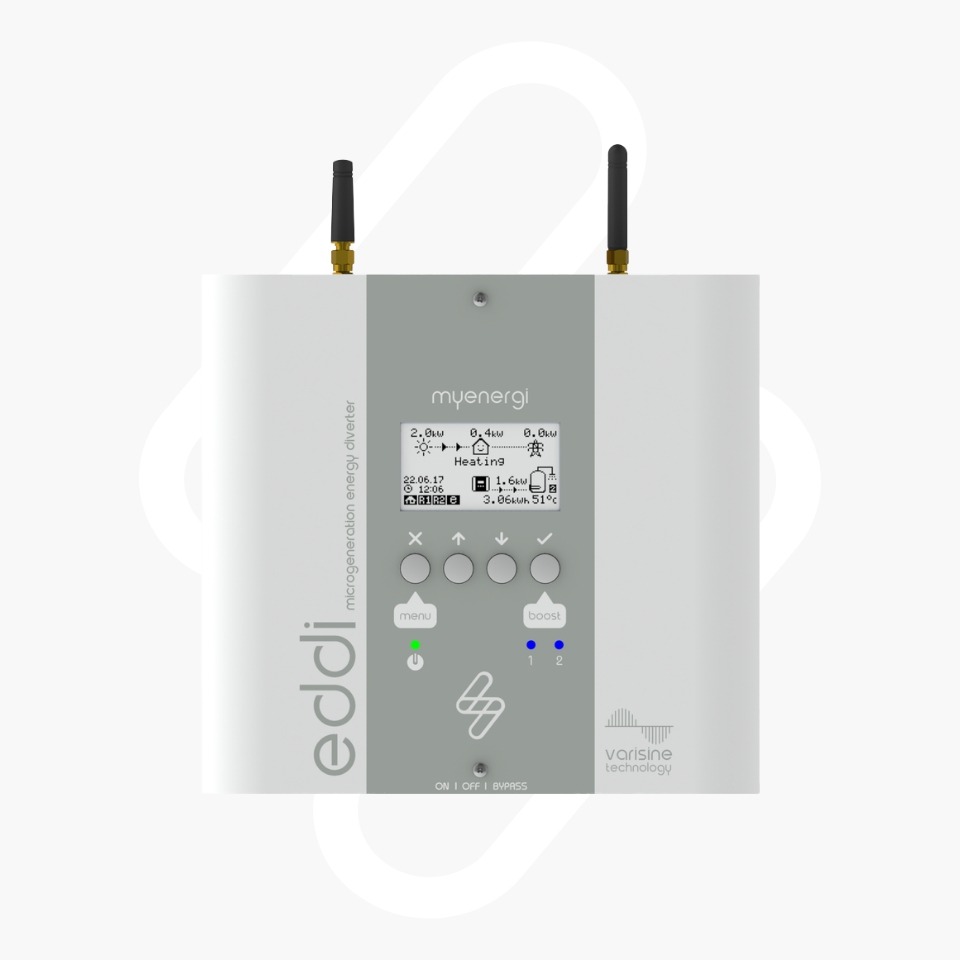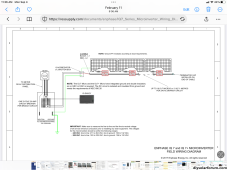Grounding Rod
New Member
Hello - Looking for some help with Zero Backfeed to grid device or method. I am using Enphase 7+ inverters and there will be times that my Solar array will be generating more power than I need. I do not want to have the excess solar power from entering the grid. Since Enphase does not have such a function within their inverters, (besides their expensive management devices) is there a device that can monitor the grid power and ensure no power enters the Grid? I’m stumped and any suggestions would be appreciated.




